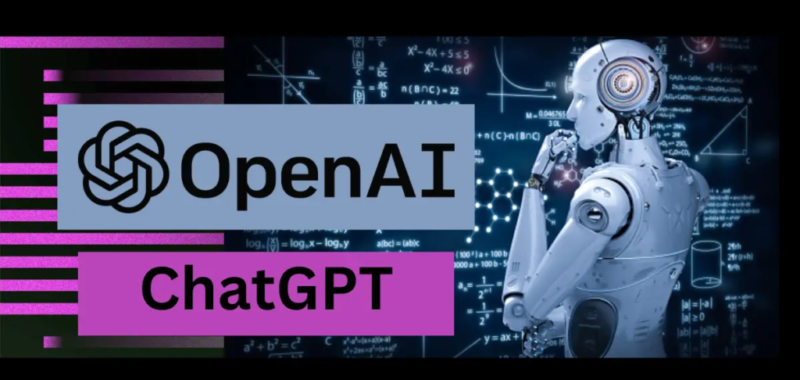Mastering ChatGPT -by-Knowledge Hub
ChatGPT is a state-of-the-art language model developed by OpenAI. It is a sibling model to GPT-3, which stands for “Generative Pre-trained Transformer 3,” and it is specifically fine-tuned for generating human-like text responses in a conversational context. ChatGPT represents a significant advancement in the field of natural language processing (NLP) and has garnered considerable attention for its ability to engage in human-like text-based conversations.



Key Features and Characteristics of ChatGPT:
- Large-Scale Pretraining: ChatGPT is built upon the Transformer architecture, which allows it to process and generate text efficiently. It has been pre-trained on a massive amount of text data from the internet, enabling it to understand and generate human-like language across a wide range of topics.
- Conversational Context: Unlike earlier language models, ChatGPT is designed to handle conversational context. It can maintain context over multiple turns in a conversation, making it suitable for tasks like chatbots, virtual assistants, and dialogue systems.
- Multimodal Capabilities: While the primary focus is text-based conversations, ChatGPT can also handle basic text-to-speech (TTS) and image-to-text tasks. This multimodal ability opens up opportunities for more interactive applications.

4. Fine-Tuning: OpenAI has made it possible for developers to fine-tune ChatGPT on specific tasks or domains. This means that businesses and developers can customize the model for their particular use cases, making it more relevant and effective for their needs.
5. Natural Language Understanding: ChatGPT can understand and generate text in multiple languages, making it a versatile tool for a global audience.
6. Applications: ChatGPT can be used in a wide range of applications, including customer support chatbots, content generation, language translation, and more. It has the potential to revolutionize how businesses interact with customers and automate various text-based tasks.
7. Ethical Considerations: The use of ChatGPT, like many AI models, comes with ethical considerations. It’s important to be aware of issues related to bias, misinformation, and responsible AI deployment when using ChatGPT in real-world applications.
OpenAI has released ChatGPT through various APIs and licensing models, allowing developers and businesses to access and use the model for their specific needs. The model continues to evolve and improve, and its potential impact on the field of conversational AI is substantial.
As of my last knowledge update in September 2021, ChatGPT had already shown great promise, and it’s likely that it has seen further developments and refinements since then.



